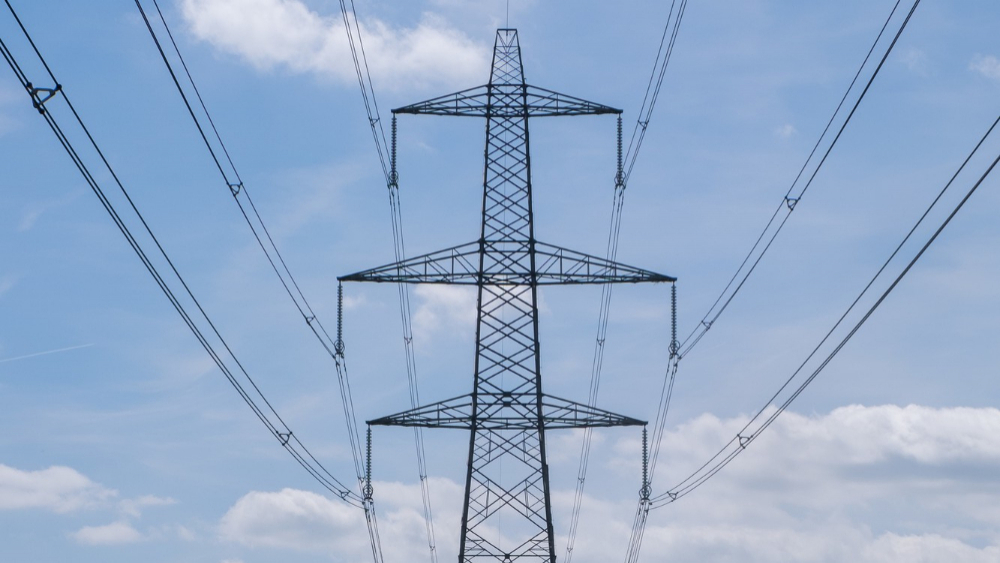Walk past a new telecom line or power installation today and you’ll likely see mono pole towers. They don’t draw attention. Most people overlook them. But for an infrastructure company balancing cost, safety, and space, they’ve become a practical choice. I’ve worked with towers of all types over the years. Lattice, guyed, tubular steel. Each has its place. The move toward mono poles isn’t about looks alone. It comes from how projects are planned and built now.
Space is money
Land costs matter. In crowded cities, they’re often the biggest hurdle. Mono pole towers take far less space than lattice or guyed towers. An infrastructure company can fit a 40-meter tower into a small roadside strip without the wide spread of guy wires. A smaller footprint cuts land acquisition costs and reduces delays with approvals. Public resistance is also lower. Communities object more to large lattice towers than to slimmer poles.
Speed of deployment
Project schedules drive everything. Miss a deadline and penalties or contract losses follow. Mono poles install faster. They’re shipped in sections and assembled quickly. Foundations are simpler and don’t take weeks to prepare. One manufacturer described it this way years ago: crews can set up a mono pole in days instead of months. That difference helps companies expanding telecom or extending power lines stay on track.
Maintenance — or the lack of it
Mono poles need less upkeep. They don’t have the hundreds of bolts and braces that lattice towers do. With fewer joints, there are fewer corrosion points. They still need inspection and protection from rust, but the work is lighter compared to older designs. For companies calculating long-term costs, that matters.
Manufacturers are pushing boundaries
Early mono poles had limits. They weren’t as tall, couldn’t carry as much, and had fewer mounting options. Today manufacturers produce stronger versions with crossarms, heavier load capacity, and even covers that help them blend into cities. This has changed the relationship between manufacturers and infrastructure companies. It’s no longer just buying standard designs. Companies now work directly with manufacturers to adjust towers for wind zones, seismic areas, or coastal conditions. That collaboration pushed mono poles into mainstream use.
The aesthetics argument
Towers aren’t popular with communities. That’s no secret. But mono poles are easier on the eye. A simple tapered column looks closer to a lamppost than an industrial frame. Aesthetics matter in project approvals. I’ve seen plans rejected for lattice towers but approved with mono poles. In historic districts or dense neighborhoods, that difference can decide if a project moves forward.
Not perfect — but good enough
Mono poles don’t solve every need. They’re not always as tall or as strong as lattice towers. Heavy loads or seismic risks can push them past their limits. Even so, they fit many projects better. They save time and money, need less land, and pass more easily with local authorities. Manufacturers continue to close the gap with traditional designs.
A shift in mindset
The role of infrastructure companies has changed. They no longer adapt projects to whatever towers exist. They expect towers to adapt to the project. Mono poles fit that shift. They’re modular, flexible, and easier to tailor. It also reflects the wider pressures in the industry. Companies face tighter rules, stricter budgets, and more public oversight. Towers that work in small or visible sites aren’t optional anymore. They’re necessary.
Final thoughts
I notice mono poles everywhere now. On highway corners, behind malls, squeezed into city streets. They don’t stand out, but they work. For infrastructure companies, working is enough. Mono pole towers won’t replace every design. They don’t need to. Their value is in solving today’s problems. For companies balancing speed, cost, and public pressure, that makes them a smart choice.









